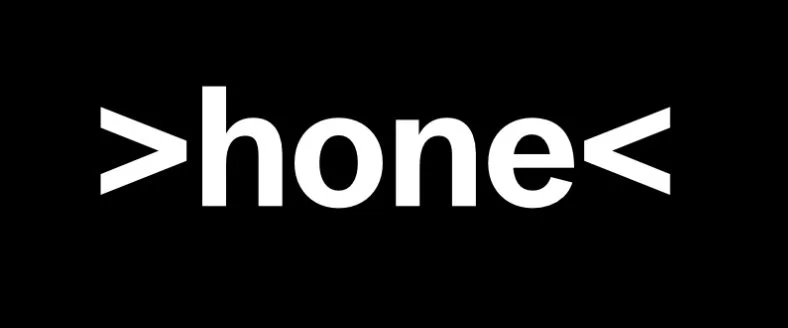What is AI art? What does the work of William Hogarth tell us about the future of AI art?
This, is William Hogarth.
Well actual it’s not. It’s a parody AI generated image of him (this it’s going to get quite meta, bear with me).
I’m an artist and and IP professional. The impact of AI (Artificial Intelligence) is going to be seismic.
AI art (or AI images and video if you want to avoid labelling it art) usually refers to visual work generated by a computer program that uses artificial intelligence techniques to create or assist in the creation of artworks. It typically takes input in the form of data or instructions and uses machine learning or other AI methods to generate images, paintings, drawings, or other visual art forms.
How do AI art generators work?
AI art generators can be designed in various ways, but a common approach involves using deep learning algorithms, such as generative adversarial networks (GANs) or variational autoencoders (VAEs). These algorithms analyse patterns and structures in existing artworks and learn to generate new art that resembles the “training data.”
During the training phase, the AI algorithms analyse the input data and look for patterns and correlations between different elements. They learn to recognize shapes, colors, textures, and other visual features that are characteristic of specific art styles. This learning process involves complex mathematical calculations and statistical modeling.
AI Copyright issues
William Hogarth (1697 - 1764) is now considered by many to be a pioneer in comics and sequential art with his series of images telling a narrative (through time and space) with both “A Rakes Progress” and “A Harlots Progress”. There is for me a parallel between the threat he felt to his career and livelihood from the engraving reproduction process (and his lobbying of parliament around copyright) and the powerful backlash for the Artist community with the “No to AI Art” campaign.
I've always felt copyright legislation is where the battle will happen and is a comment on what we want as a society from our artists. We have to resolve both the issue that Al’s can’t hold copyright (because most copyright laws need a human component and aren't sure if the prompts a creator gives and AI count) and secondly the issue of AIs referencing other art online for machine learning (and whether this is derivative and therefore an infringement of the original IP).
What is the difference between machine learning and human learning?
On the latter point it seems to me that Als referencing images to learn (or even to collage) may on the face of it be legal (at least that is what AI companies creators will have concluded), in the same sense that “photobashing” by humans its legal (but on the edge of it). Photobashing is collating images together to create something new. In both cases you have to be ready to argue that the work is “transformative” and not just a copy.
Rethinking what art is and why we make it
The advent of AI art (like the impact of past technology) is going going to make us consider the very nature of creation. Why we create, how we make art and how we as humans will interpret the art (regardless of who or what made it and what they were trying to say about the world and their life). Indeed we will draw our own interpretations of the “meaning” of a piece of art regardless of whether any meaning was intended.
But…
Copyright laws may have to change manage AI technology
I think the issue is that copyright laws (currently) are designed for humans in a pre AI era. The reality is that Als can learn and produce images far faster than any human. Even if machine learning works in a way that’s similar to human learning a human simply cannot reference images at the speed of a machine (just as we couldn’t reproduce images at the speed of a printing press). So I think we will see copyright laws being updated for this new AI world. It’s a bigger version of William Hogarth lobbying parliament for copyright protection form the new technology of “Engraving” reproduction.
The point is we have to update the law to protect the livelihood of creators and continue to encourage creation as technology evolves. Looking to history we can see this. It happened to Hogarth and the printing press (mass distribution to society balanced with protecting creator revenue and creator interest in continuing to create). It happened to the music, film and image licensing industry at the millennium and early 2000s.
We need to think about what we want to say with our art and our imagination and what we as a society want from the arts in a world where AI exists.
The wider concerns around whether we should pause Al for other fears is a whole other question.

